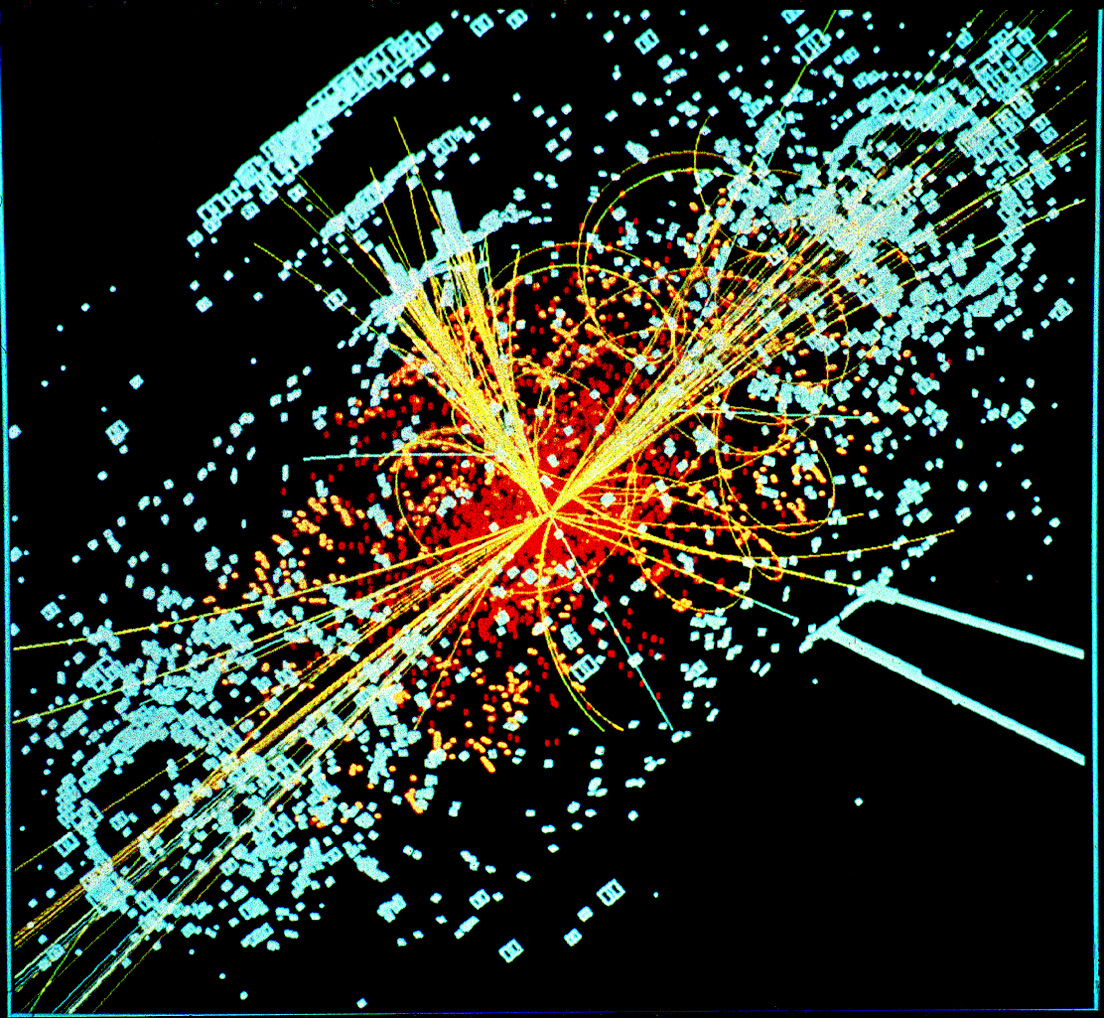Jun 11th, 2009| 03:52 pm | Posted by hlee
I was at the SUSY 09 public lecture given by a Nobel laureate, Frank Wilczek of QCD (quantum chromodynamics). As far as I know SUSY is the abbreviation of SUperSYmetricity in particle physics. Finding such antimatter(? I’m afraid I read “Angels and Demons” too quickly) will explain the unification theory among electromagnetic, weak, and strong forces and even the gravitation according to the speaker’s graph. I’ll not go into the details of particle physics and the standard model. The reason is too obvious.  Instead, I’d like to show this image from wikipedia and to discuss my related questions.
Instead, I’d like to show this image from wikipedia and to discuss my related questions.
 Continue reading ‘how to trace?’ »
Continue reading ‘how to trace?’ »
Tags:
cliche,
collion,
identifiability,
identification,
irony,
LHC,
Power,
reconstruction,
source detection,
subparticle,
supersymmetry,
SUSY,
TRACE,
type I error,
Type II error,
uncertainty principle,
unification,
youtube Category:
Cross-Cultural,
Data Processing,
High-Energy,
Misc,
Quotes,
Uncertainty |
Comment
Feb 20th, 2009| 07:48 pm | Posted by hlee
[stat.AP:0811.1663]
Open Statistical Issues in Particle Physics by Louis Lyons
My recollection of meeting Prof. L. Lyons was that he is very kind and listening. I was delighted to see his introductory article about particle physics and its statistical challenges from an [arxiv:stat] email subscription. Continue reading ‘[ArXiv] Particle Physics’ »
Tags:
chi-square,
chi-square minimization,
coverage,
hypothesis testing,
L.Lyons,
LHC,
LRT,
particle physics,
posterior distribution Category:
arXiv,
Bayesian,
Cross-Cultural,
Data Processing,
Frequentist,
High-Energy,
Methods,
Physics,
Stat |
Comment
Sep 10th, 2008| 02:38 am | Posted by hlee
10:00am local time, Sept. 10th, 2008
As the first light from Fermi or GLAST, LHC First Beam is also a big moment for particle physicists. Find more from http://lhc-first-beam.web.cern.ch/lhc-first-beam/Welcome.html. Continue reading ‘LHC First Beam’ »
Jul 23rd, 2008| 01:00 pm | Posted by vlk
With the LHC coming on line anon, it is appropriate to highlight the Banff Challenge, which was designed as a way to figure out how to place bounds on the mass of the Higgs boson. The equations that were to be solved are quite general, and are in fact the first attempt that I know of where calibration data are directly and explicitly included in the analysis. Continue reading ‘The Banff Challenge [Eqn]’ »
![]() Instead, I’d like to show this image from wikipedia and to discuss my related questions.
Instead, I’d like to show this image from wikipedia and to discuss my related questions. Continue reading ‘how to trace?’ »
Continue reading ‘how to trace?’ »